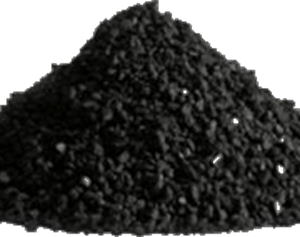Description
Sodium Silicate 40%
From Wikipedia, the free encyclopedia
Sodium silicate, also known as water glassor liquid glass, available in aqueous solution and in solid form, is a compound used in cements, passive fire protection, refractories, textile and lumber processing.
Automotive repair
Sodium silicate can be used in older automobiles to seal leaks in the cooling system. A jar of “liquid glass” is poured into the radiator and allowed to circulate. Minute holes and gaps are sealed, often curing radiator leaks and faulty cylinder-head gaskets. This approach is often used by disreputable used-car salespersons.
Food preservation
Sodium silicate was also used as an egg preservation agent in the early 20th Century with large success. When fresh eggs are immersed in it, bacteria which cause the eggs to spoil are kept out and water is kept in. Eggs can be kept fresh using this method for up to nine months. When boiling eggs preserved this way, it is well advised to pin-prick the egg to allow steam to escape because the shell is no longer porous.
Timber treatment
The use of sodium silicate as a timber treatment for pressure-treated wood actually began some time in the 19th century. It is suggested that that more costly “silicate of potash” (potassium silicate) may also be used, in “Handy Farm Devices and How to Make Them” by Rolfe Cobleigh, published in 1910. Since 1998 scientists have researched methods for rendering sodium silicate insoluble once the lumber has been treated with it. With or without the additional process, treating wood with sodium silicate preserves wood from insects and possesses some flame-retardant properties.
Concrete and general masonry treatment
Concrete treated with a Sodium Silicate solution helps to significantly reduce porosity in most masonry products such as concrete, stucco, plasters. A chemical reaction occurs with the excess Ca(OH)2 in the concrete that permanently binds the silicates with the surface making them far more wearable and water repellent. It is generally advised to apply only after initial cure has taken place (7 days or so depending on conditions). These coatings are known as silicate mineral paint.






